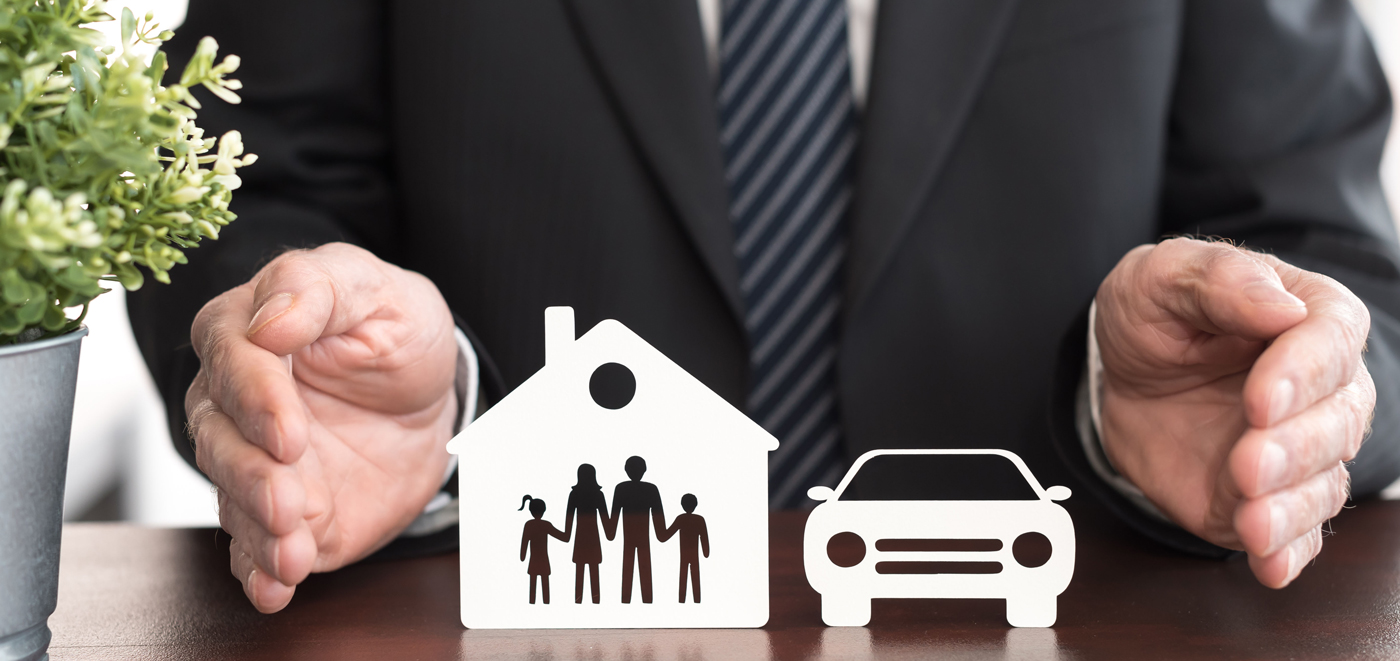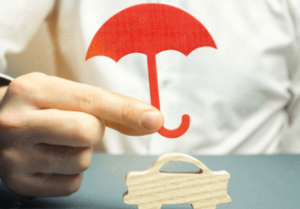Why A Reinspection Is Done By Your Insurance Company After Accident Repairs

Having a diligent insurance company can make all of the difference in an accident situation. From the first call made to the insurer until the owner’s car is returned in drivable condition, having a competent and credible business working on one’s behalf does wonders to ease stress, and justifies the auto insurance rate being paid. However, people are often not familiar with many of the steps that are necessary for the auto insurance process to be properly completed, leading to confusion or even anger on the part of the policyholder.
One process that is often misunderstood is that of reinspection. After a car has been damaged in an accident and has been examined by the repair or body shop, an estimate of the damage value will be provided to the insurance company detailing the projected cost to fix the car. At this time, an adjustor from the insurance company will also come out to inspect the car and to ask the repair shop to make additional repairs if needed, or check the car more thoroughly if there is a suspicion of hidden damage. An example of this might be damage to the suspension. It may not be visible on a first inspection, so an adjustor might ask to have the car stripped down and the suspension tested to make sure it was still functioning.
Once the repairs have been completed, or are close to completion, the adjustor will usually visit the service provider again to examine the repairs and reinspect the car. This auto insurance reinspection is done for two reasons. First, it is done to make sure that the repair shop has (or is in the process of) properly completing the repairs. This means that they are not cutting corners, using substandard parts or not doing a thorough job. This protects the client so that when their car is returned, they can be assured that they are driving a vehicle that is as safe as it was before the accident.
Secondly, the adjustor returns to reinspect the car for the sake of the insurance company. Again this is to make sure that the work is being completed correctly, but it is also to make sure that the cost of the original estimate is justified. The adjustor will look at what parts were used, if there were any additional charges and ensure that the work completed is worth the amount charged. This helps to protect both the client from unscrupulous repair shops, and the auto insurance provider from paying too much for the repairs.
While this reinspection can delay the return of the car to the policyholder, it is a necessary step, and one which helps protect all parties involved.

